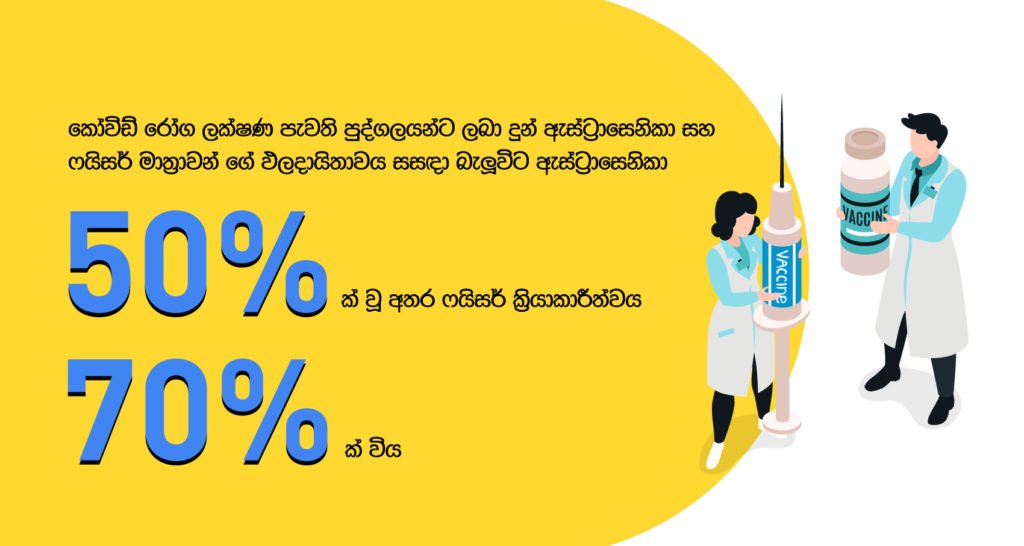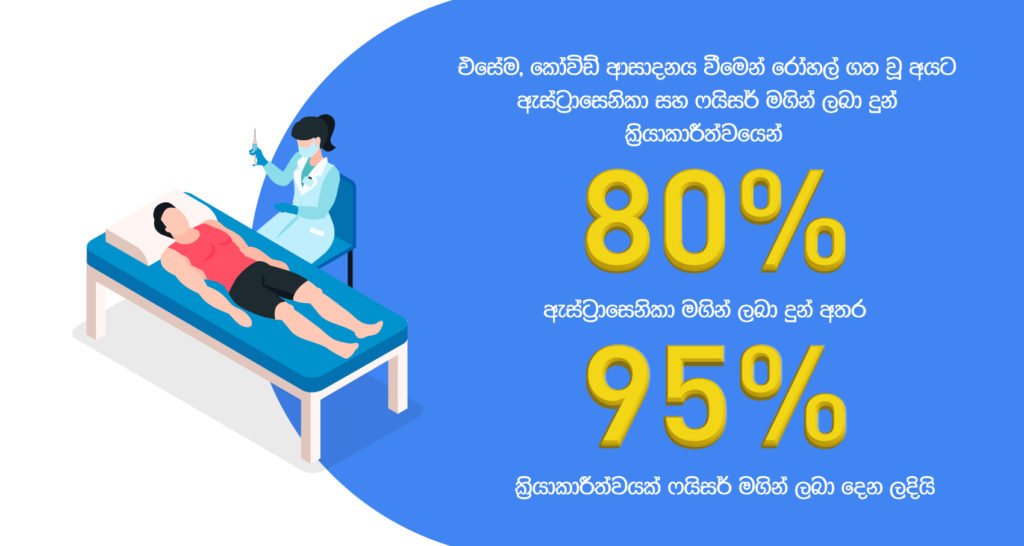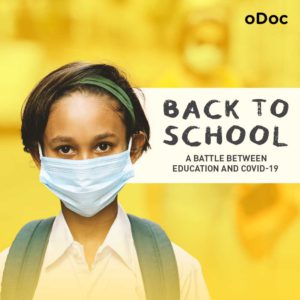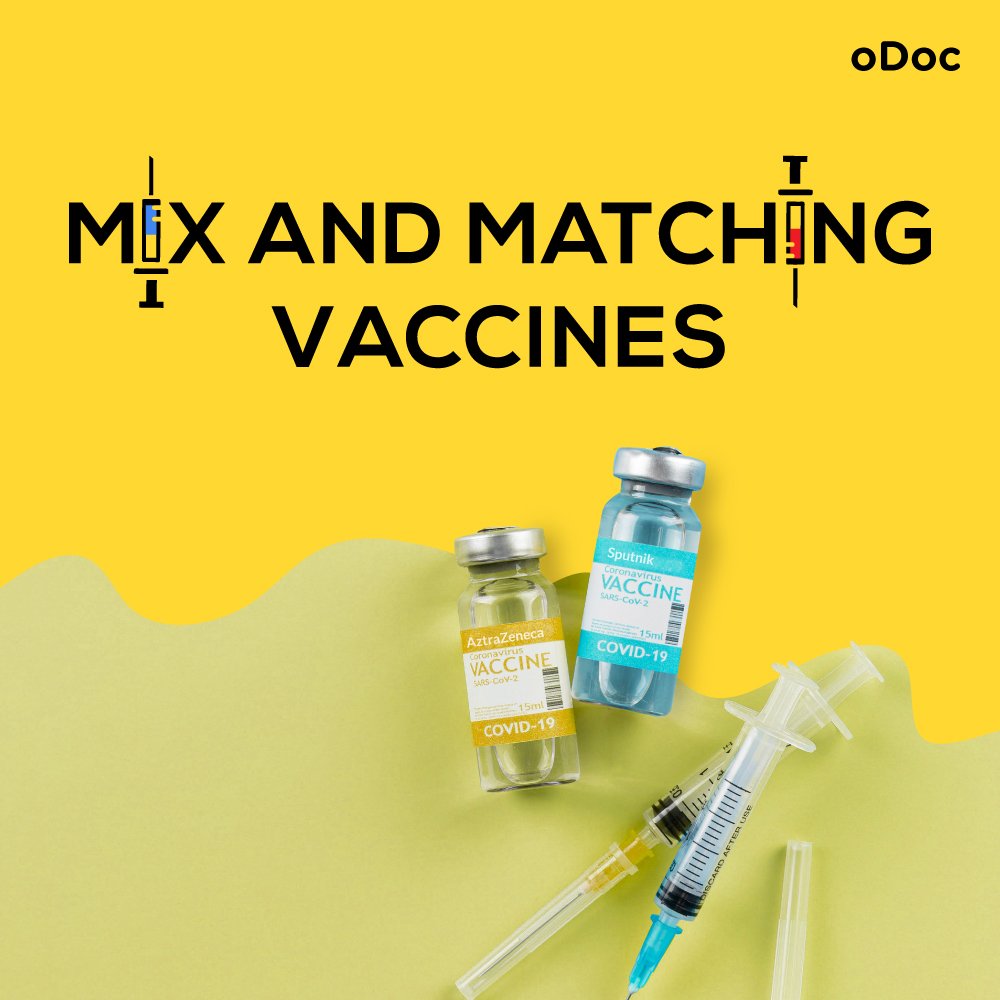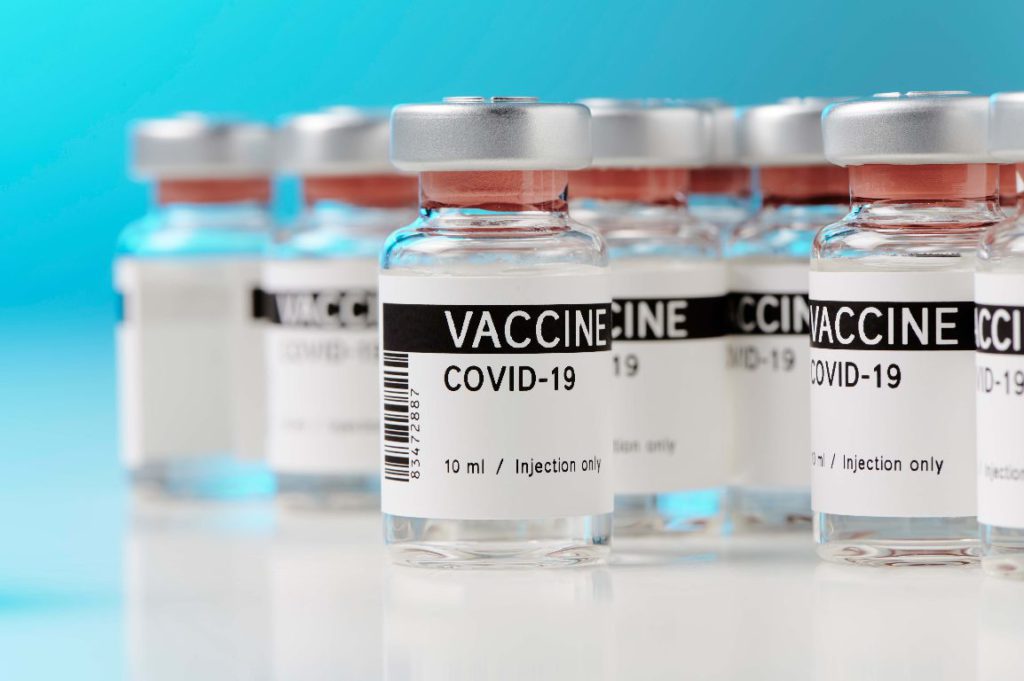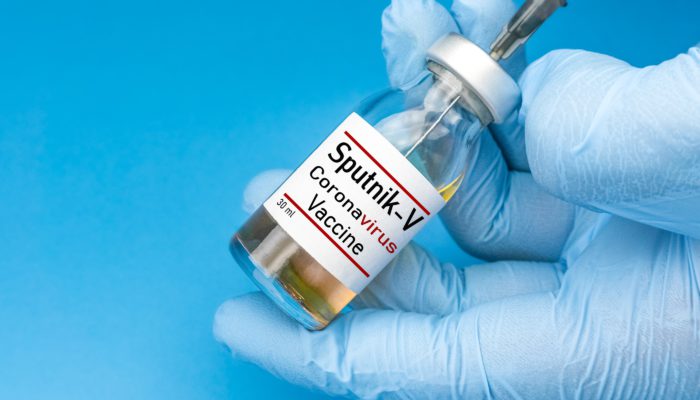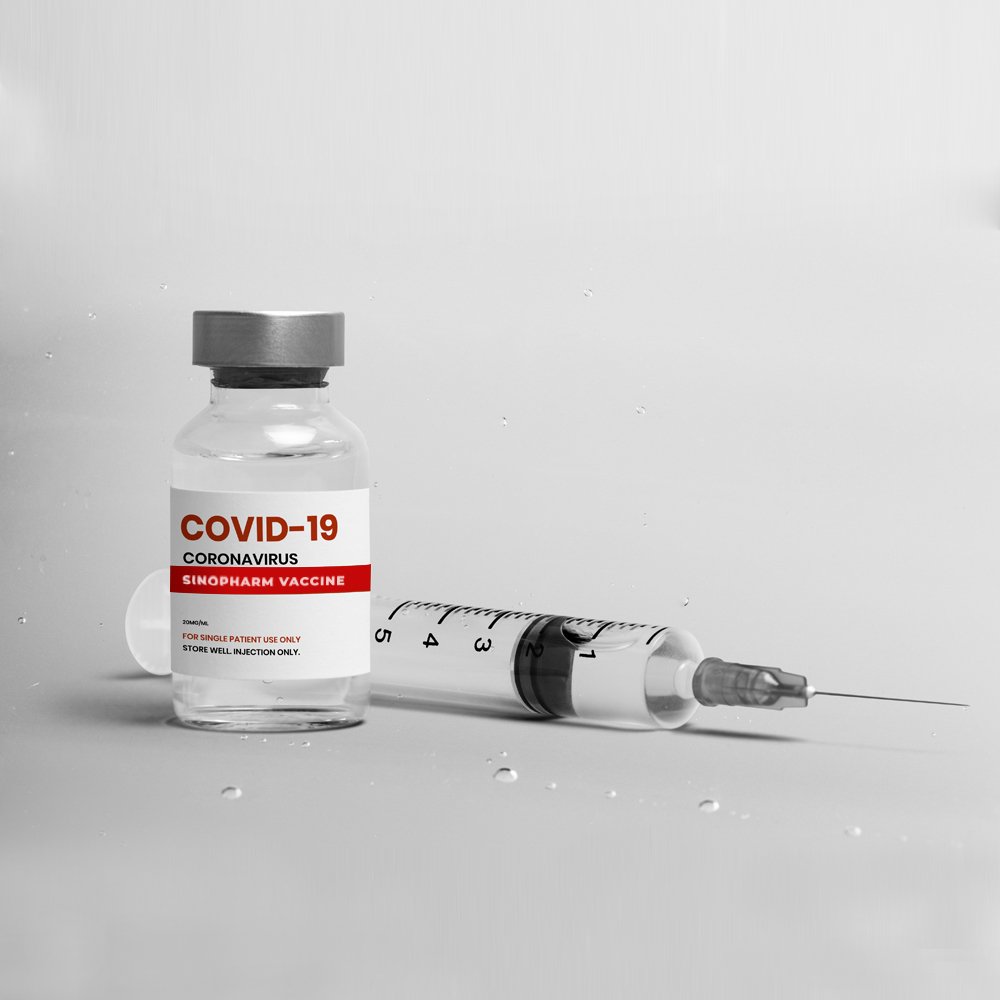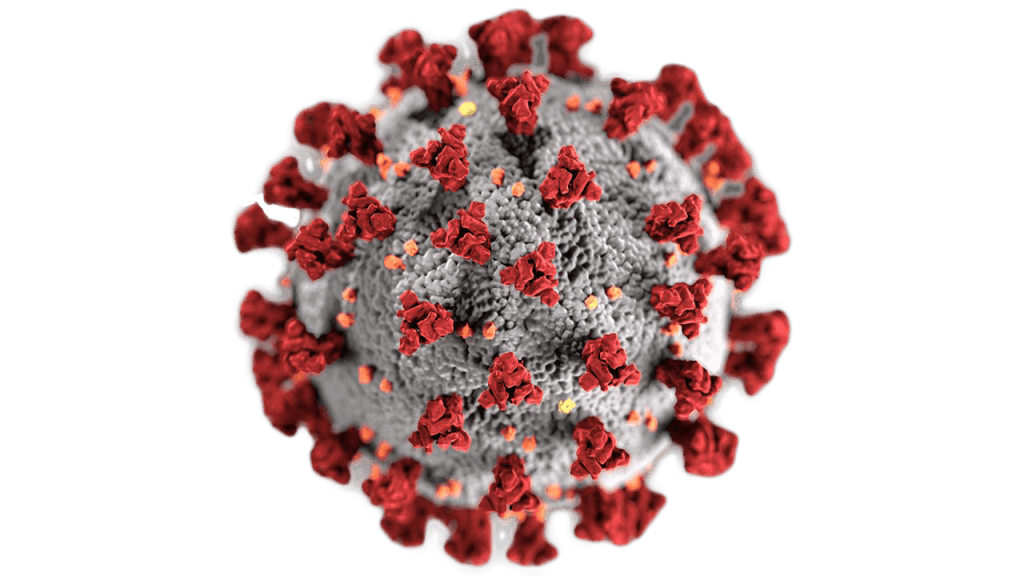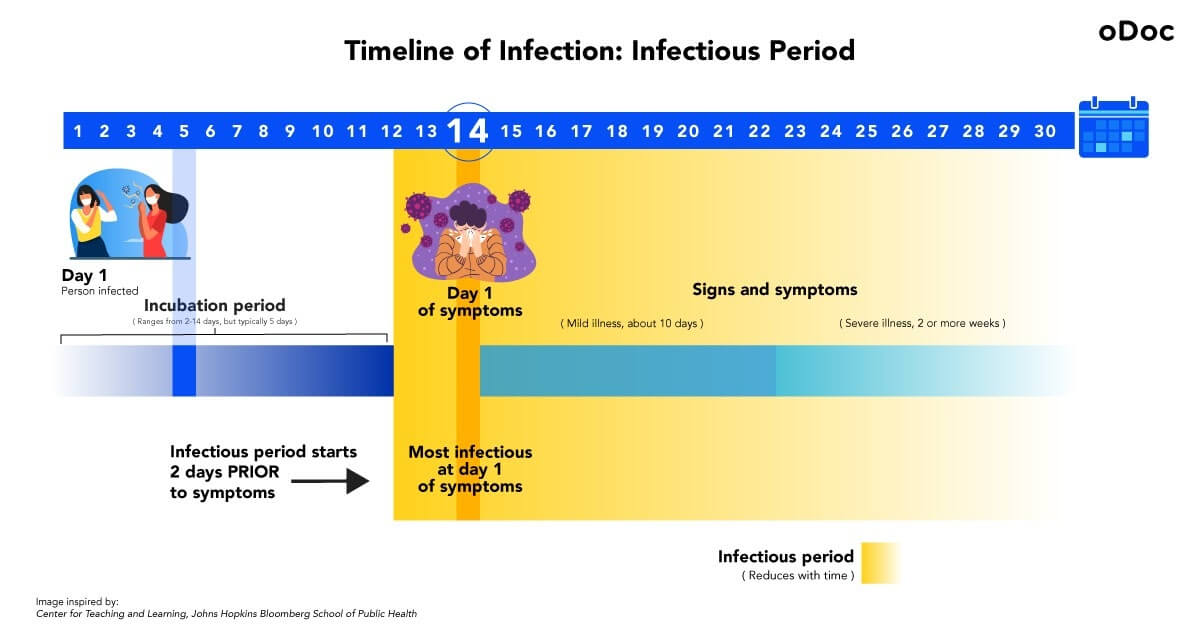හිතුමතේට බෙහෙත් බොන්නේ බලාගෙනයි
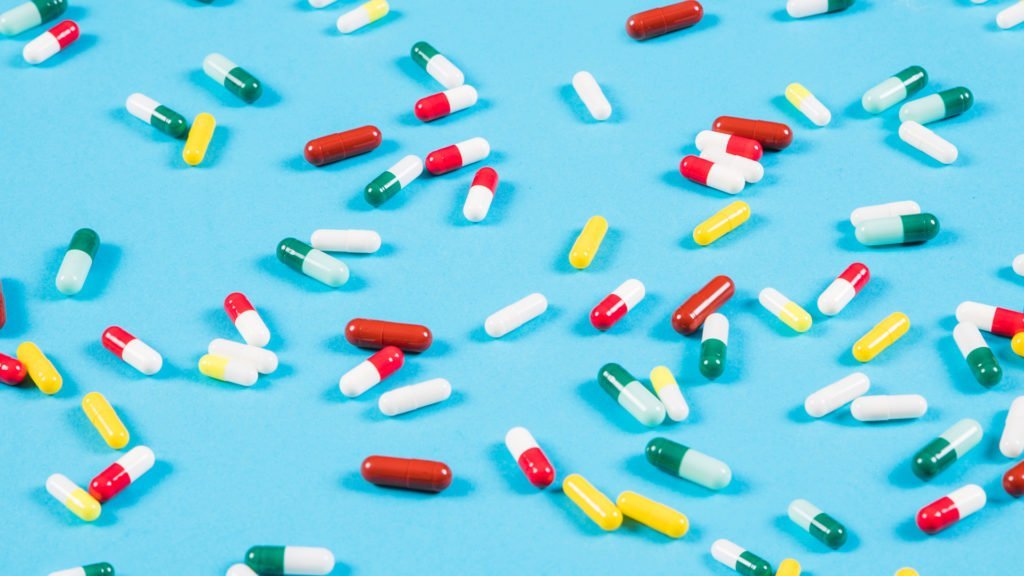
වෛද්යය විද්යාව අදටත් රඳා පවතින්නේ ප්රතිජීවක ( Antibiotic) ඖෂධ මත ය. ප්රතිජීවක ඖෂධයක් යනු, බැක්ටීරියා මර්දනය කිරීමට ශරීරයට ලබා දෙන ඖෂධයි. බොහෝ විට මෙම ප්රතිජීවක ඖෂධයන් සෙම්ප්රතිශ්යාව, පාචනය වැනි ලෙඩ රෝගවලට ලබා නොදෙන අතර නිරන්තරයෙන් වෛද්යය නිර්දේශය මත එම ඖෂධ භාවිත කිරීමට සියලු දෙනාම සිහි තබා ගත යුතු ය.
ප්රතිජීවක ඖෂධවල ඉතිහාසය
1928 දී ඇලෙක්සැන්ඩර් ෆ්ලෙමින් මහතා විසින් ප්රථම වතාවට පෙනිසිලීන් නම් ප්රතිජීවක ඖෂධය සොයා ගන්නා ලදී. එයින් අනතුරුවත් ප්රතිජීවක ඖෂධ විශාල ප්රමාණයක් අලුතින් එකතු වූ අතර පසු කලක දී එම බැක්ටීරියා විසින් ඖෂධවලට ඔරොත්තු දීමේ හැකියාවක් ඇති කර ගන්නා ලදී. එනම් නොනැසී තම ජීවිතය පවත්වා ගැනීමට බෙහෙත්වලට එරෙහිව බැක්ටීරියා සටන් කිරීමට පටන් ගන්නා ලදී. එය ප්රතිජීවක ඖෂධවලට එරෙහිව ශරීරයේ ක්රියා කිරීමක් ( Antibiotic resistance ) දක්වා වර්ධනය වීමට පටන් ගන්නට විය.
මොකක්ද මේ ප්රතිජීවක ඖෂධවලට එරෙහිව බැක්ටීරියා සටන් කිරීමක් ( Antibiotic resistance ) කියන්නේ?
ඔබ විසින් ඔබගේ ශරීරයේ ඇතිවන බැක්ටීරියා, වෛරස් ආසාදන විනාශ කිරීමට ප්රතිජීවක ඖෂධ වර්ග භාවිත කරයි.
සාමාන්යයයෙන් එම ඖෂධ භාවිතයෙන් පසුව එම බැක්ටීරියාවන් විනාශ විය යුතු බව ඔබ සිතුවත් ප්රතිජීවක ඖෂධවලින් බැක්ටීරියාව මරණයට පත් වීම සිදු නොවිය හැකිය.
මෙම තත්වය මත විශබීජවලින් ඇතිවන ආසාදනවලට ප්රතිකාර කිරීම අපහසුය. බොහෝ විට මෙවන් තත්වයක දී යම් පුද්ගලයෙක්ට මිල අධික ඖෂධවලට මාරු වීමට, වෛද්යයවරුන් සොයා යාමට සහ සැර මෙන් ම ශරීරයට විශ බෙහෙත් ද්රව්යයන් භාවිතයට පවා යොමු වීමට සිදු වෙයි.
මෙම බැක්ටීරියාවන් බලවත් වීම සියලු දෙනාටම බල පෑ හැකිද ?
ඔවු.
එය ඕනෑම අවධියක මිනිසුන්ට , සෞඛ්යය සේවා, පශු වෛද්යයසේවා, කෘෂිකාර්මික කර්මාන්තවලට බලපෑම් කිරීමේ හැකියාව ඇත. එබැවින් ලෝකයේ පවතින බරපතලම මහජන ගැටලුව වන්නේ මෙයයි.
එසේම බැක්ටීරියාවන් බලවත් වීමේ අවධානම නිදන්ගත රෝග තත්වයන් පවතින පුද්ගලයන්ට අනෙක් අයට වඩා තදින් බලපෑ හැකිය.
එබැවින් ප්රතිජීවක ඖෂධවල කාර්යක්ෂමතාවය නැති වුව හොත් මහ ජනතාවට විශාල ගැටලු තත්වයන් මතු විය හැකිය. එසේම වෛද්යය විද්යාවේ දියුණුව රඳා පවතින්නේ මෙම ප්රතිජීවක ඖෂධවල ක්රියාකාරීත්වය මතයි. එබැවින්
- සන්ධි ප්රතිස්ථාපනය කිරීම
- අවයව බද්ධ කිරීම
- පිළිකා ප්රතිකාර
- දියවැඩියාව
- ඇදුම
යනාදී රෝග සුව කර ගැනීමට ප්රතිජීවක ඖෂධ විශාල සහයක් ලබා දෙයි.
මෙම බැක්ටීරියා එරෙහි වීම හේතුවෙන් දිගු කාලයක් ඖෂධ වර්ග භාවිත කිරීමට සිදු වන අතර ඉක්මන් සුවයක් බලාපොරොත්තු වීමට පවා අපහසු වෙයි. එය ගෝලීය ගැටලුවක් බවට පත්ව ඇති අතර මෙම තත්වය මග හරවා ගැනීමට අනුගමනය කළ හැකි ආකාර කිහිපයක් දැක්විය හැකිය
- නිවැරදි මාත්රාවට අනුව නිවැරදි වේලාවට ඖෂධ ගන්න
- සෑම විටම වෛද්යවරයෙකුගේ උපදෙස් මත ඖෂධ භාවිත කිරීමට යොමු වන්න
- ඔබගේ රෝගය සුව අතට හැරුණු සැණින් බෙහෙත් ගැනීම නතර නොකළ යුතු ය. අවසාන මාත්රාව දක්වාම ඖෂධ භාවිතා කිරීම සිදු කරන්න
- ඔබට එකම රෝග ලක්ෂණය නිරන්තරයෙන් මතු වුවත් එකම බෙහෙත් වර්ගය වෛද්යය නිර්දේශයෙන් තොරව භාවිත නොකළ යුතු ය
ප්රතිජීවක ඖෂධවලට එරෙහිව බැක්ටීරියා ක්රියාකාරීත්වය නිසා මිනිසුන්ට ඇති විය හැකි ආබාධ මොනවාද ?
- ඉතා දරුණු මට්ටමේ ආසාත්මිකතා ( Allergies – ඉදිමීම, කැසීම, පලු දැමීම, දැවිල්ල)
- හුස්ම ගැනීමට අපහසු වීම
- රුධිර පීඩනය අඩු වීම
- කලාන්තය සහ ඇද වැටීම
වැනි ලක්ෂණ දැක්විය හැකිය.
තවදුරටත්,
මෙම බැක්ටීරියාවන් බලවත් වීම සිදු විය හැකි ආකාර අතර මිනිස් හැසිරීම, සතුන්, පරිසරය ( පස්, ජලය) හේතු විය හැකිය.
මිනිස් හැසිරීම්
එනම්, ඇතැම් විට මෙම තත්වය විශබීජ මාර්ගයෙන් පුද්ගලයෙකුගෙන් තවත් පුද්ගලයෙක්ට ඇතිවිය හැකිය. එසේම අපිරිසිදු ජලය මගින් ව්යාප්ත විය හැකිය
සතුන්,
ආහාර සහ සතුන් මාර්ගයෙන් මිනිසුන්ට දරුණු බැක්ටීරියා ආසාදනය වීමක් සිදු විය හැකිය නිදසුනක් ලෙස සැල්මොනෙල්ලා බැක්ටීරියාව දැක්විය හැකිය
පරිසරය
පරිසරය හරහා ද ( සුළඟ, පස්, ජලය) බැක්ටීරියාවන් ප්රතිශක්තිකරණ පද්ධතියට බලපෑම් ඇති කළ හැකිය.
එබැවින් නිවැරදිව සෞඛ්යය ක්රමවේද අනුගමනය කළ යුතු ය.
මේ සම්බන්ධයෙන් ඔබට පවත්නා ගැටලු සම්බන්ධයෙන් කතා කිරීමට ලෝකයේ ඕනෑම තැනක සිට oDoc ඇප් එක හරහා වෛද්යයවටරයෙකුට කතා කරන්න.
ආශ්රිත කියවීම්
- Antibiotic resistance, WHO
- What you need to know about Antibiotic Resistance, Jeniffer Rainey Marquez, www.webmed.com
- Antibiotic/ Antimicrobial Resistance ( AR/AMR), about antibiotic resistance, Centers for Diseases Control and Prevention
- World Antimicrobial Awareness Week,WHO
- Antibiotics – ප්රතිජීවක ඖෂධ කියන්නේ මොනවාද ? December, 21, Dewmal’s Health Blog, blog.dewmal.com
Similar Articles...

Let’s talk flu, its prevention and home remedies.
Boo-ger season is here! Let’s begin by defining flu (short term for influenza) because it’s usually misunderstood as fever or cold. Flu is a common

Menopause Brain Fog is real: A Simple Guide with Symptoms and Treatment
Menopause Brain Fog is real: A Simple Guide with Symptoms and Treatment Women in their 40s and 50s who are just entering the end of

How to Keep Work Stress from Taking Over Your Life
How to Keep Work Stress from Taking Over Your Life In today’s fast-paced and competitive world, work stress has become an all-too-common problem that affects



